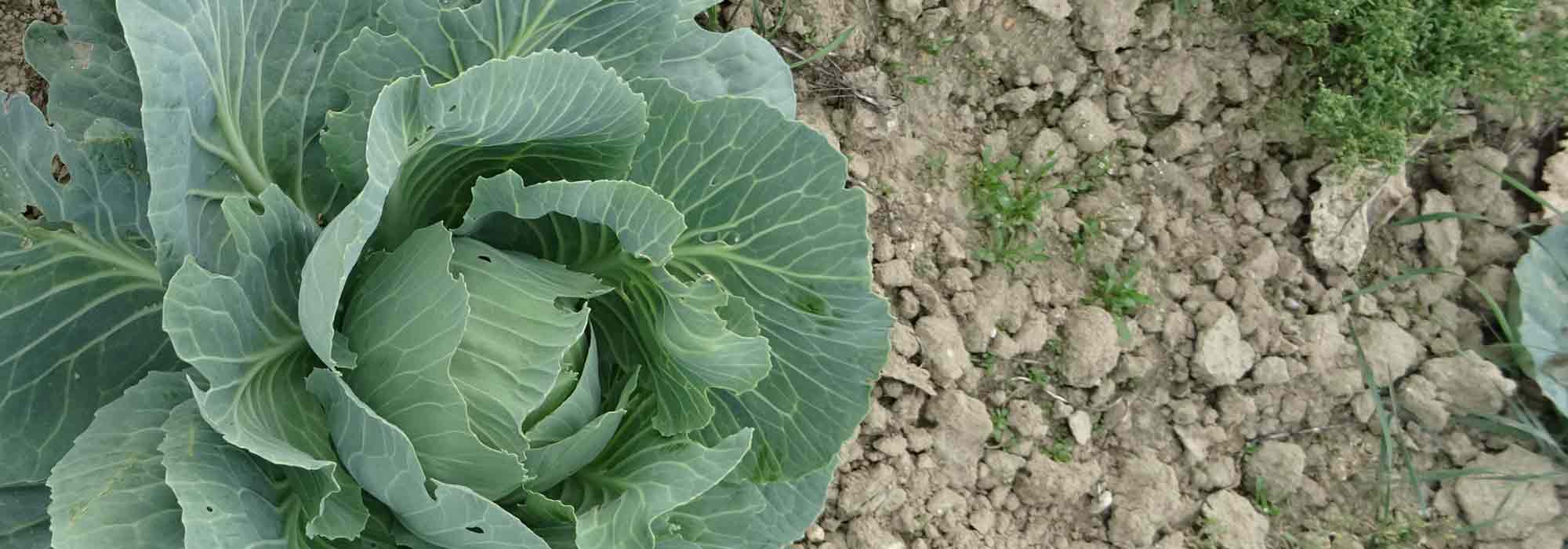
How to create a vegetable garden in very chalky soil?
Tips and suitable vegetable plants
Contents
Stony, dry, and poor… Calcareous soils are often disliked by gardeners. However, with a few adjustments and a thoughtful selection of plants to grow, it is entirely possible to enjoy a productive vegetable garden in calcareous soil.
But first, it is essential to accurately determine the alkalinity level of the soil. Additionally, it is useful to understand its constraints, as well as its advantages, because calcareous soil is far from having only drawbacks. You will then be able to improve the nature of your soil to grow suitable vegetables.
Here you will find all our tips for creating a vegetable garden in calcareous soil!
How to tell if your vegetable garden soil is alkaline?
The soil in your garden is chemically defined by its alkalinity and acidity, which are measured using pH, expressed on a scale from 1 to 14.
Thus, a soil with a pH between 7.5 and 8.7 indicates an alkaline soil, that is to say: calcicolous. When this level exceeds 8.7, it is referred to as very alkaline soil, or very calcicolous. In contrast, a pH between 5 and 6.5 indicates acidic soil, while a pH between 6.5 and 7.5 reveals neutral soil.
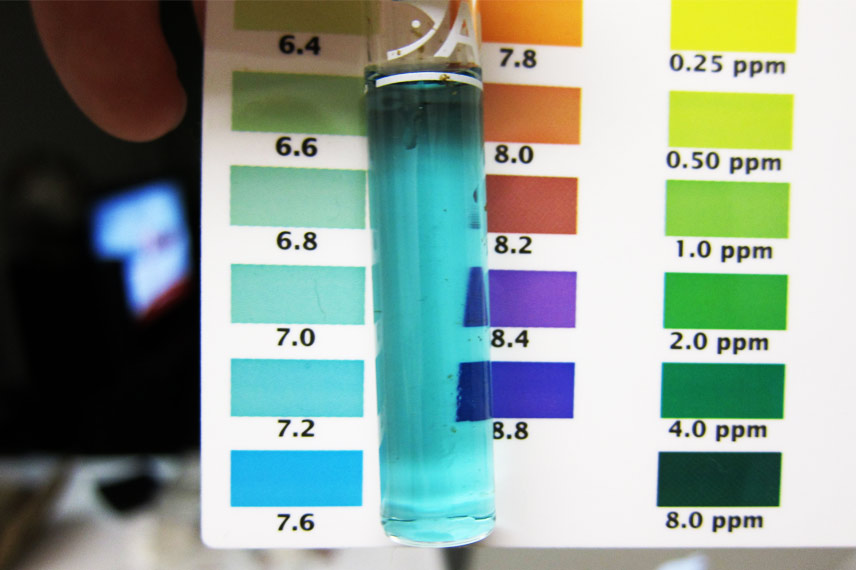
© Eric Gillingham – Flickr
What is calcicolous soil?
The higher the concentration of limestone in the soil, the more basic it is, as opposed to acidic soils. As mentioned earlier, the pH of alkaline soil ranges from 7.5 to 14. If it contains less than 5% limestone, the land is termed “non-calcicolous”, but if it contains more than 50%, it is referred to as “very strongly calcicolous”. Calcicolous soil thus contains a high proportion of calcium carbonate, ranging from 10 to 30% of lime carbonate associated with clay.
Calcicolous soil contains chalk from marine deposits. Consequently, calcicolous soils are found where such deposits have previously occurred, notably in the Jura, the Paris Basin, the Pyrenees, and in the pre-Alps.
How to recognise calcicolous soil?
Calcicolous soil is recognised by the numerous whitish stones scattered across its surface in most cases, although these rocks may not always be visible. Calcicolous soil often has a light colour due to its light, chalky appearance that dries out quickly in summer, which may then show cracks.
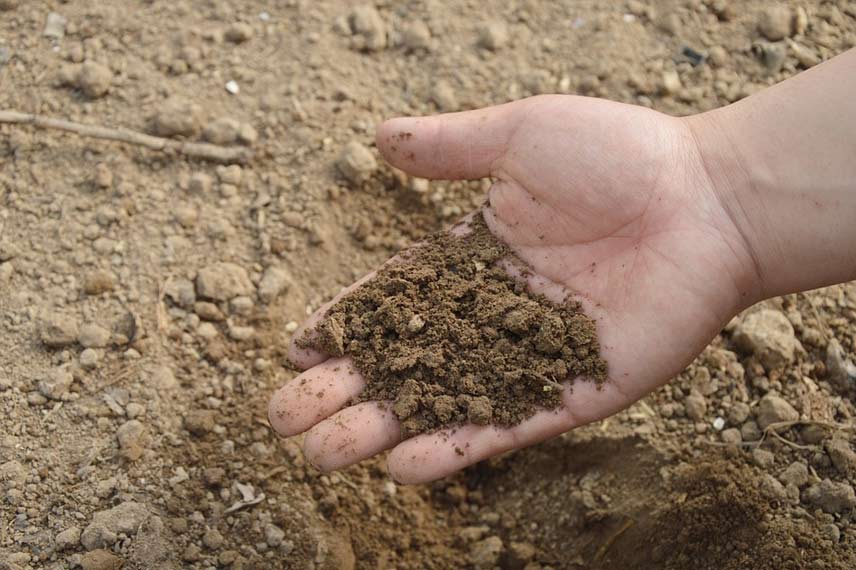
Another telling sign is to observe the vegetation that grows naturally on your land. Indeed, many varieties of plants thrive in calcicolous soils. Among these calcicolous plants, you will find:
- poppies;
- elms;
- elderberries;
- wild chicories;
- fumitory;
- field mustard.
The presence of any of these plants in your garden is a clear indication of the predominance of limestone in the soil.
Tip: to ensure the calcicolous nature of your soil, take a handful of soil and add a few drops of vinegar. In the presence of calcicolous soil, you will unmistakably observe a fizzing reaction.
To obtain more precise information about the pH of your soil, equip yourself with a testing kit (generally available at garden centres). This will allow you to measure the pH level of your land very accurately.
What are the disadvantages of chalky soil in the vegetable garden?
It should first be noted that chalky soil does not retain water (or very little). As a result, it becomes very dry very quickly when summer arrives. Not to mention the omnipresence of stones in the soil, which does not make it easier for the gardener to work the soil.
Also note that excess lime prevents plants from accessing the minerals they need (iron, manganese, and magnesium). Deprived of essential elements for their growth, plants then suffer from deficiencies. Their foliage often takes on a yellow colour, a phenomenon indicative of iron chlorosis.
However, be aware that chalky soil also has advantages, as its porosity provides precisely a medium that is perfectly draining for your vegetable plants. Thus, in the event of heavy rains, chalky soil quickly drains excess moisture. This is an undeniable asset for your most disease- and fungus-sensitive plants. Similarly, chalky soil allows warm spring air to circulate better, and therefore warms up more quickly.
Discover other Vegetable gardens
View all →Available in 0 sizes
Available in 0 sizes
Available in 1 sizes
Available in 1 sizes
Available in 1 sizes
Available in 1 sizes
Available in 1 sizes
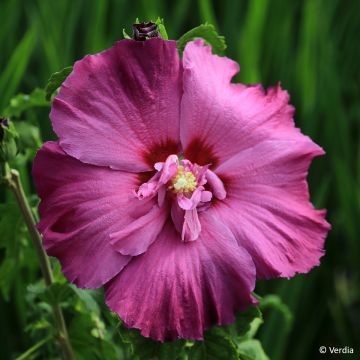
Available in 1 sizes
Available in 1 sizes
Available in 1 sizes
How to rebalance alkaline soil in a vegetable garden?
In the presence of a chalky soil, the gardener can take several actions to increase its fertility. Growing a vegetable garden in chalky conditions requires proper soil preparation before planting and careful attention to your plants at the time of planting. Always start by removing as many stones as possible from your planting holes, and work the soil deeply. Likewise, always water your freshly transplanted plants generously in the garden.
Enriching the soil with compost
Since your vegetable plants cannot properly assimilate the essential minerals for their survival in this environment, you need to provide them by regularly enriching the soil. To do this, amend the soil with well-decomposed compost. This way, you will improve the water and nutrient retention capacity of your soil.
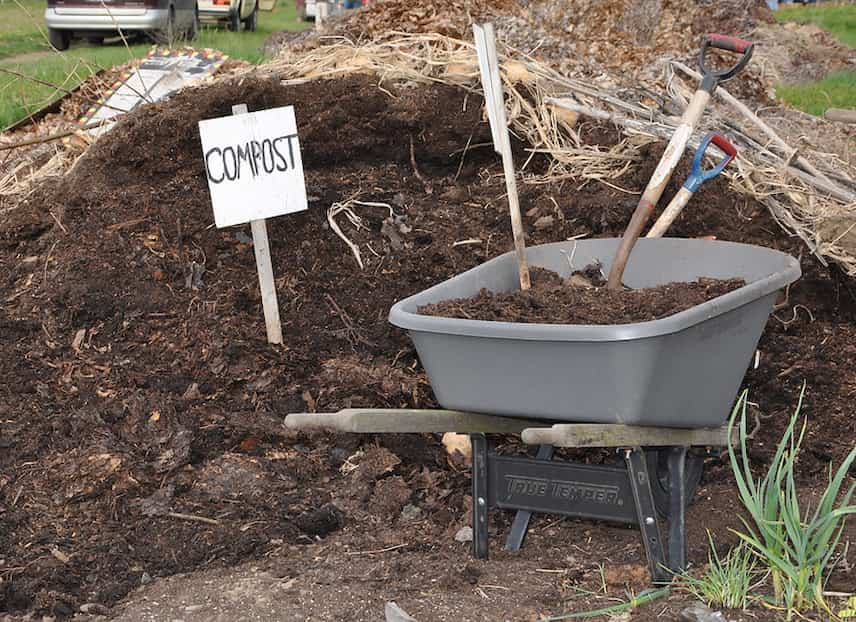
Note: after a wet winter, plants tend to quickly discolour due to the dissolution of chalk in the soil. With the addition of compost, everything will return to normal during the season.
Mulching the soil
Mulch is a recurring element in ornamental gardening as well as in vegetable gardening. And for good reason, a good layer of organic mulch not only helps retain soil moisture but also nourishes it as it decomposes. To top it all off, mulching helps limit the spread of weeds, thereby reducing your daily tasks in the vegetable garden.
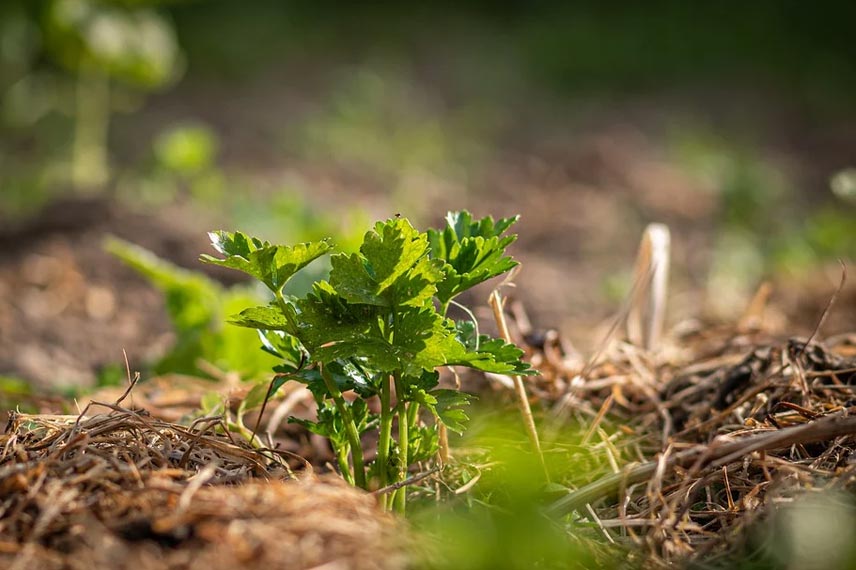
Sowing green manures
Green manures such as clovers, vetches, and lupins are particularly recommended in the presence of chalky soil. Indeed, they have the ability to fix atmospheric nitrogen and then return it to the soil. This nitrogen is then absorbed by your vegetable plants. Once again, this technique helps to add organic matter to the soil during the decomposition of the green manures.
Also, discover our tips for successfully creating a vegetable garden in acidic soil.
Which vegetables can be planted in chalky soil?
Based on the alkalinity of the soil, you can choose varieties of vegetables that will adapt more easily to their medium. By selecting your young plants according to the nature of your soil, you ensure more abundant harvests.
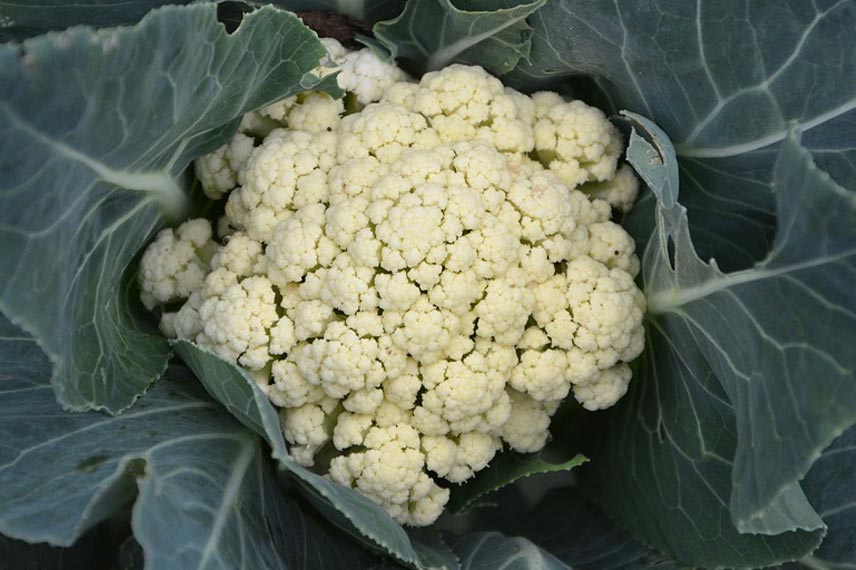
| Young plants for slightly calcareous soil | Young plants for calcareous soil | Young plants for very calcareous soil |
| Spinach
Lettuce Beetroot Parsnips Asparagus Radishes |
Garlic
Carrots Beans Peas Lentils Broad beans Turnips Swedes Tomatoes Jerusalem artichokes |
Brussels sprouts
Cabbages Cauliflowers Summer savoury Thyme Rosemary Hyssop Melons Leeks Artichokes |
Vegetables to favour in slightly calcareous soil
Slightly calcareous soil, close to neutral (pH at 7.5) can accommodate many young plants. This includes certain leafy vegetables such as spinach and lettuce, as well as some varieties of root vegetables like beetroot, parsnips, asparagus, and radishes.
This selection can be complemented with young plants suitable for moderately and very calcareous soils below.
Vegetables to favour in calcareous soil
In alkaline soil (pH from 7.5 to 8.7), feel free to plant or sow garlic, carrots, as well as legumes, such as beans, peas, lentils, and broad beans. Similarly, moderately calcareous soil allows for good harvests of tomatoes and Jerusalem artichokes.
On the other hand, turnips, swedes, and cabbages in general (Brussels sprouts, cabbages, and cauliflowers) thrive in calcareous soil. This provides them with a medium protected from the fungus Plasmodiophora brassicae, responsible for the infamous cabbage root gall.
Vegetables suitable for very calcareous soil
Cabbages are very sensitive to soil acidity and can also be grown in very calcareous soil. Likewise, a great number of aromatic plants thrive there without any difficulty. This includes summer savoury, thyme, rosemary, or even hyssop.
With a generous supply of organic matter, this type of soil can also accommodate your young plants of melons, leeks and artichokes that will thrive easily there.
- Subscribe!
- Contents
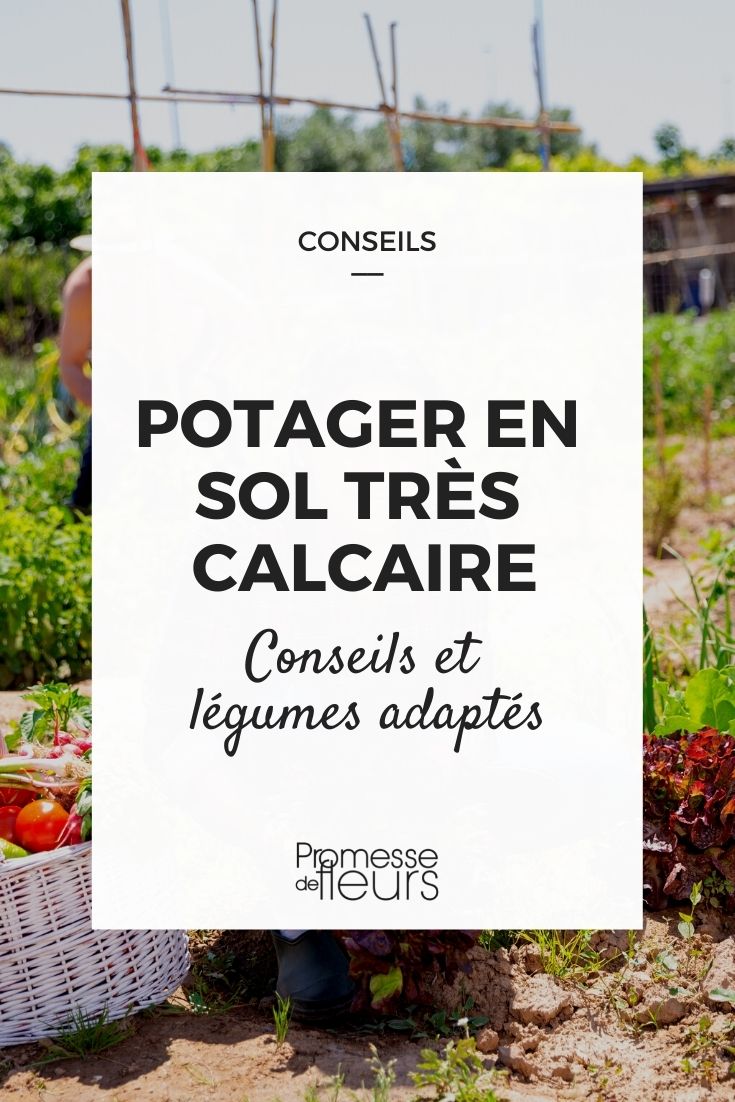































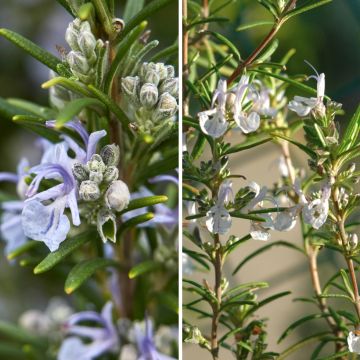
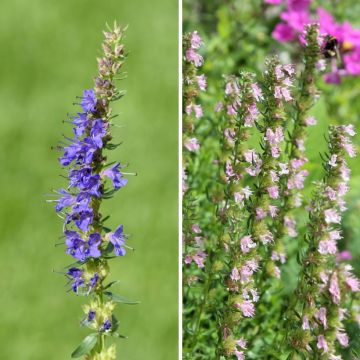
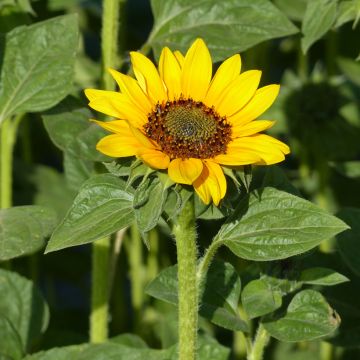
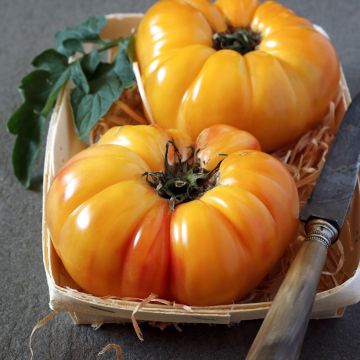
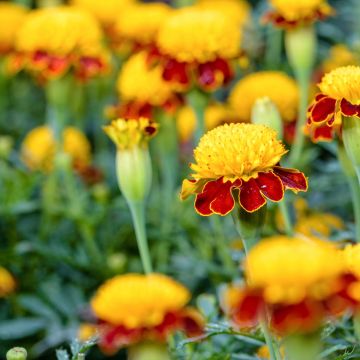
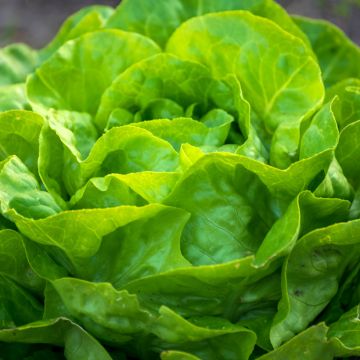
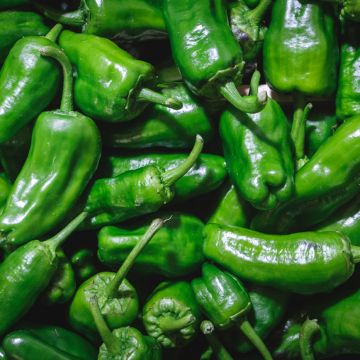
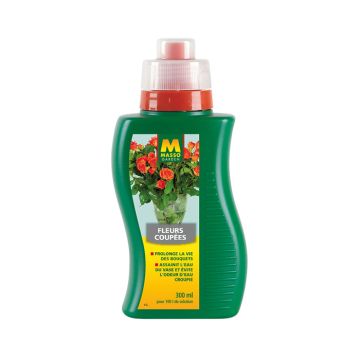
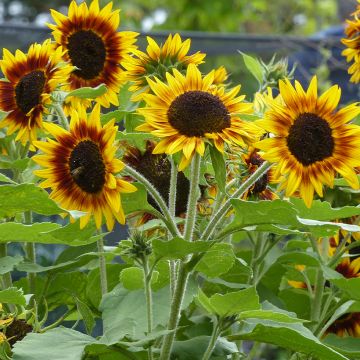
Comments